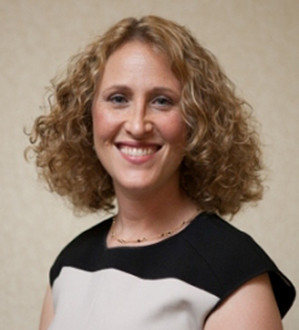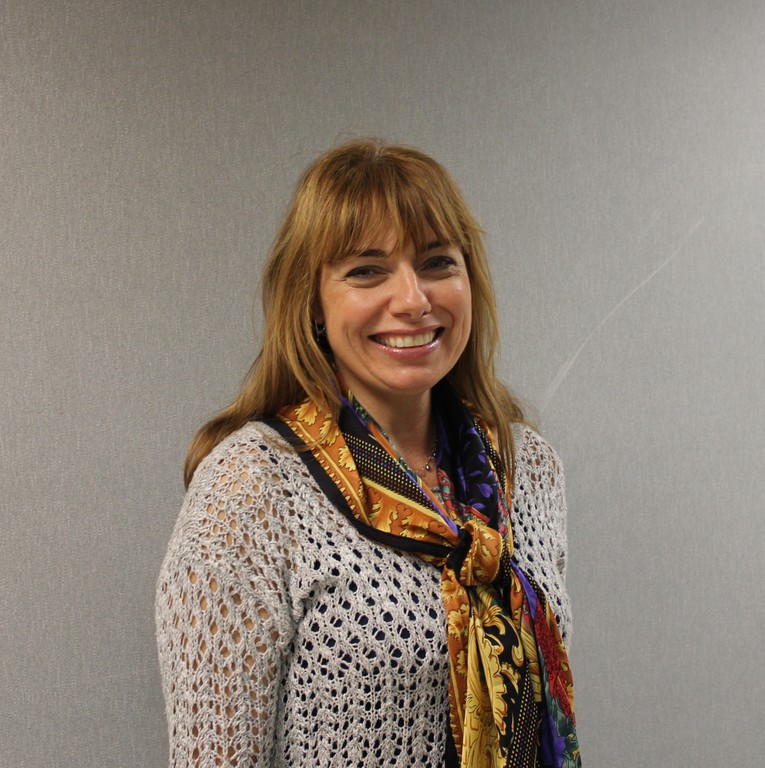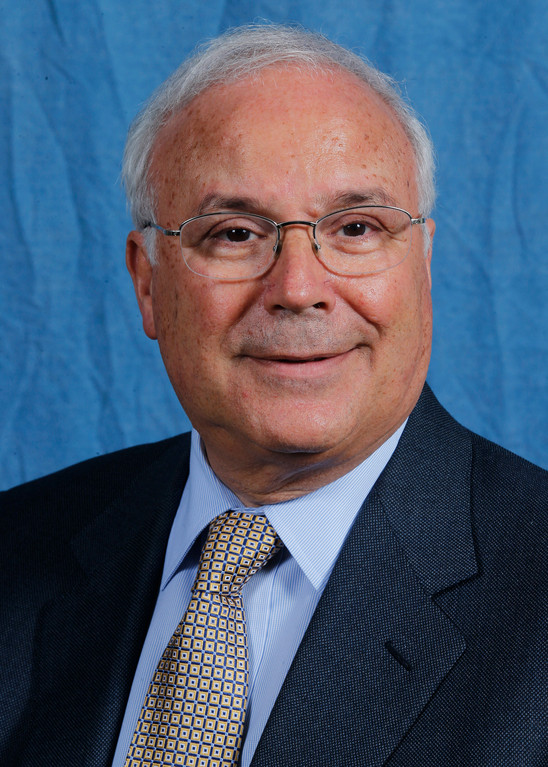What BRCA mutations mean, and what can I do?
Breast Cancer: Special Report
One in every 40 Ashkenazi Jews has the BRCA1 or BRCA2 gene mutation, as compared to one of 350 in the general population. This mutation conveys a risk of 87 percent for breast cancer by age 70.
“Patients who test positive for the BRCA 1 or 2 gene are at a significant increased risk for the development of breast and/or ovarian cancer in their lifetime,” said Dr. Susan M. Palleschi, MD, FACS, a breast surgeon affiliated with North Shore University Hospital. The BRCA gene mutation also conveys up to a 64 percent risk of developing a second breast cancer, up to a 44 percent chance of developing ovarian cancer by age 70 and increased risk for other cancers in both men and women.
“Mutations in the BRCA1 and BRCA2 genes account for the vast majority of hereditary breast and ovarian cancers,” explained Monika Zak, MS, CGC, manager of the Genetic Counseling Service at Winthrop-University Hospital in Mineola. “Hereditary cancer occurs when an altered gene is passed down in the family from parent to child. Breast or ovarian cancer risk isn’t just passed from the mother. A father also can pass it on to a daughter or son. People with hereditary cancers are more likely to have relatives with the same type or a related type of cancer. They may develop more than one cancer and their cancer often occurs at an earlier than average age.”
Some criteria for testing for the BRCA mutation includes if the patient was diagnosed with breast cancer under age 50, developed ovarian cancer, had two breast cancers, male breast cancer, two or more relatives with breast cancer, or if there is a known BRCA mutation in the family. Relatives of carriers should be tested as well.
“A BRCA gene positive patient has a very important decision to make,” said Dr. Frank Monteleone, a breast surgeon and director of the breast program at Winthrop-University Hospital.
He broke down the decision-making steps into categories: If a patient is BRCA positive but has no cancer they can opt for surveillance, prophylactic mastectomy [preventative removal of the breasts] or medical treatment; surveillance involves mammography, ultrasonography, MRI and examinations.
“Every organization, including the American Cancer Society, recommends the first baseline mammogram at age 35 and then every year from age 40 on in a regular patient,” stressed Monteleone.
For someone who is BRCA positive, he continued, the patient should begin self-exams at age 20 (Zak recommends beginning at age 18) with MRIs and mammograms, alternating every six months from age 25. This way the patient will have an MRI and a mammogram yearly. “Depending on the result, they may need a mammogram and sonogram at the same time,” he said. He recommended a clinical breast exam by a doctor yearly from age 25; self-exams should be done monthly. He also stressed the need for the patient to maintain a healthy diet and physical activity.
The option of medical treatment involves chemoprevention using the drugs Tamoxifen or Evista, also known as Raloxifene. Monteleone pointed out that the preventive drug therapy “works more on BRCA2” since it is estrogen and progestin positive. BRCA1 is more often “triple negative” (estrogen, progestin, HER2neu negative) and will not respond to Tamoxifen. “Oral contraceptives can reduce the risk of ovarian cancer up to 60 percent,” said Zak.
Another option is prophylactic surgery. Monteleone noted that removing both ovaries and the tubes reduces the chance of breast cancer by 50 percent, to a risk of 40 percent, and prophylactic bilateral mastectomy reduces the chance of breast cancer by more than 90 percent.
“The advantage is the patient has much less anxiety after the mastectomy; they no longer need mammograms or MRIs. The disadvantage is that 48 percent feel self-conscious and less sexually attractive. But not everybody feels that way. The options depend on the patient, their comfort. They have to make a choice on what treatment, when is a time to do it, the family’s experience with breast cancer, their history.” He recounted the story of a 46-year-old breast cancer patient whose daughter discovered second stage breast cancer at age 22 and whose sister opted for prophylactic bilateral mastectomy and salpingo-oophorectomy at age 26, freezing her eggs for later use.
“It’s not an easy thing,” he said. “It’s complicated. There’s a better survival rate than before.”
He pointed out that pregnancy increases the risk of breast cancer in BRCA positive patients because it raises the levels of estrogen. He recommends a bilateral mastectomy but keeping the ovaries until the patient is done having children. He noted that screening tests for breast cancer are not done during pregnancy or nursing, except for ultrasound. However, if a suspicious nodule is found, mammography may be done even when a woman is nursing.
Zak explained that “increased surveillance for ovarian cancer in mutation carriers” involves “transvaginal ultrasound and testing for CA-125 levels in the blood every six months starting at age 35 or five to 10 years earlier than the earliest age of first diagnosis of ovarian cancer in the family.”
“Prophylactic surgery in mutation carriers — preventative removal of the breasts — reduces the risk of breast cancer over 90 percent,” she told The Jewish Star.
“This is a very personal decision and it depends on the age of the carrier and the level of anxiety the person may be experiencing. It needs to be discussed in detail with the breast surgeon and plastic surgeon, who performs reconstruction, before the decision is reached.
“Preventative removal of the ovaries and fallopian tubes (salpingo-oophorectomy) reduces the risk of ovarian cancer 96 percent and may also reduce the risk of breast cancer up to 68 percent; this is usually indicated at 35 or when the women is finished with reproduction, whichever comes first, because screening for ovarian cancer may not detect it in the early, treatable stages.”
Monteleone said that 18 to 40 percent of patients who test positive for BRCA choose prophylactic surgery. “Once they find out they have a hard decision to make.”
“For any woman diagnosed with a BRCA gene mutation,” emphasized Palleschi, “strong consideration must be given to undergo prophylactic mastectomies.
“Certainly, the decision to undergo prophylactic surgery is often difficult for many women. One must consider the many facets that play a part in making this decision, which include the physical, emotional and psychological impact that undergoing this surgery entails. But with the goal in mind of optimizing one’s health and well being, and reducing the risk of developing a potentially life threatening cancer and the need for aggressive therapy to treat the cancer, prophylactic mastectomy offers the best option of ‘cure’ of this disease even before it arises.”
Said Zak, “If cancer occurs frequently in your family, genetic testing may be an important step for you. If a greater than average risk is found, more frequent monitoring can help detect cancer at an earlier, more treatable stage; preventive strategies can be discussed that may reduce your risk of developing cancer.
“You and your healthcare provider can make more informed decisions on your treatment options. Genetic counseling is recommended.”
“Every story and family is unique,” stressed Rochelle Shoretz, founder and executive director of Sharsheret, an organization founded in 2001 that supports Jewish women and their families facing breast cancer. “Start by understanding your family history. At Sharsheret we are here to tailor guidance to each individual.
“Everyone is affected in some way. All knowledge begins with family history. Knowledge and understanding is key to saving lives. Data and guidance will help save lives.”

 48.0°,
Light Rain
48.0°,
Light Rain 









